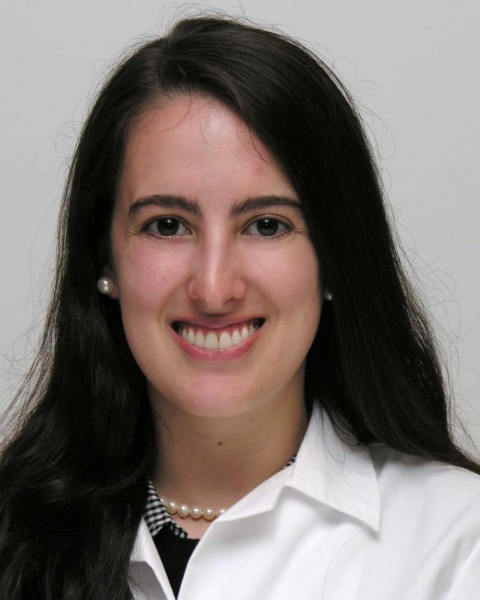Category: Prematurity
Poster Session I
(199) Combination Foley Catheter-Oxytocin versus Oxytocin Alone Following Preterm Premature Rupture Of Membranes
There is no clear evidence on the use of mechanical ripening agents following preterm premature rupture of membranes. We sought to evaluate the use of a transcervical Foley catheter plus oxytocin infusion compared with oxytocin infusion alone for cervical ripening in individuals with preterm rupture of membranes (PPROM).
Study Design:
This is a retrospective cohort study of patients presenting with PPROM of a live, singleton gestation between 24 0/7 and 36 6/7 weeks gestation from January 2005 to October 2018 at a single, tertiary care institution. Patients with an unfavorable cervical examination (≤2 cm dilation), no contraindication to labor and undergoing labor induction were analyzed. Time to delivery was analyzed using multivariable linear regression adjusting for cervical dilation at induction and nulliparity. Bivariate and multivariate analyses were used where appropriate.
Results: 260 participants were included: 109 Foley/Oxytocin, 151 Oxytocin alone. Demographic characteristics were similar between the two groups. Unadjusted time to delivery was significantly shorter in the oxytocin only group (Foley/Oxytocin: 20.35 hrs versus Oxytocin alone: 14.7 hrs, p< 0.001). No differences in length of labor were detected after adjusting for cervical dilation at induction and nulliparity (p=0.5). The unadjusted rate of cesarean delivery was higher in the combination Foley/Oxytocin group (Foley/Oxytocin: 16.5% versus Oxytocin alone: 7.3%, p=0.03) but no differences were found in the adjusted analysis (p=0.06). There were no differences in clinical chorioamnionitis rates between the two groups (Foley/Oxytocin: 8.3% versus Oxytocin alone: 9.3%, p=0.83). Furthermore, no significant differences were found in maternal and neonatal outcomes between the two groups.
Conclusion: This is the first study to describe combination mechanical and pharmacologic induction of labor after preterm rupture to our knowledge. In patients with preterm rupture of membranes, the use of a transcervical Foley catheter in addition to oxytocin is not associated with a shorter time to delivery compared to oxytocin alone.

Helen B. Gomez Slagle, MD
Clinical Fellow Physician
Columbia Irving Medical Center
New York, New York, United States
Anthony C. Sciscione, DO
Program Director
Delaware Center for Maternal & Fetal Medicine of Christiana Care, Inc.
Newark, Delaware, United States
Matthew Hoffman, MD mph
Marie E. Pinizzotto, M.D., Endowed Chair of Obstetrics and Gynecology at Christiana Care
Department of Obstetrics and Gynecology, Christiana Care Health System
Newark, Delaware, United States
Marwan Ma'ayeh, MB BCh
Christiana Care Health System
Newark, Delaware, United States

.png)
